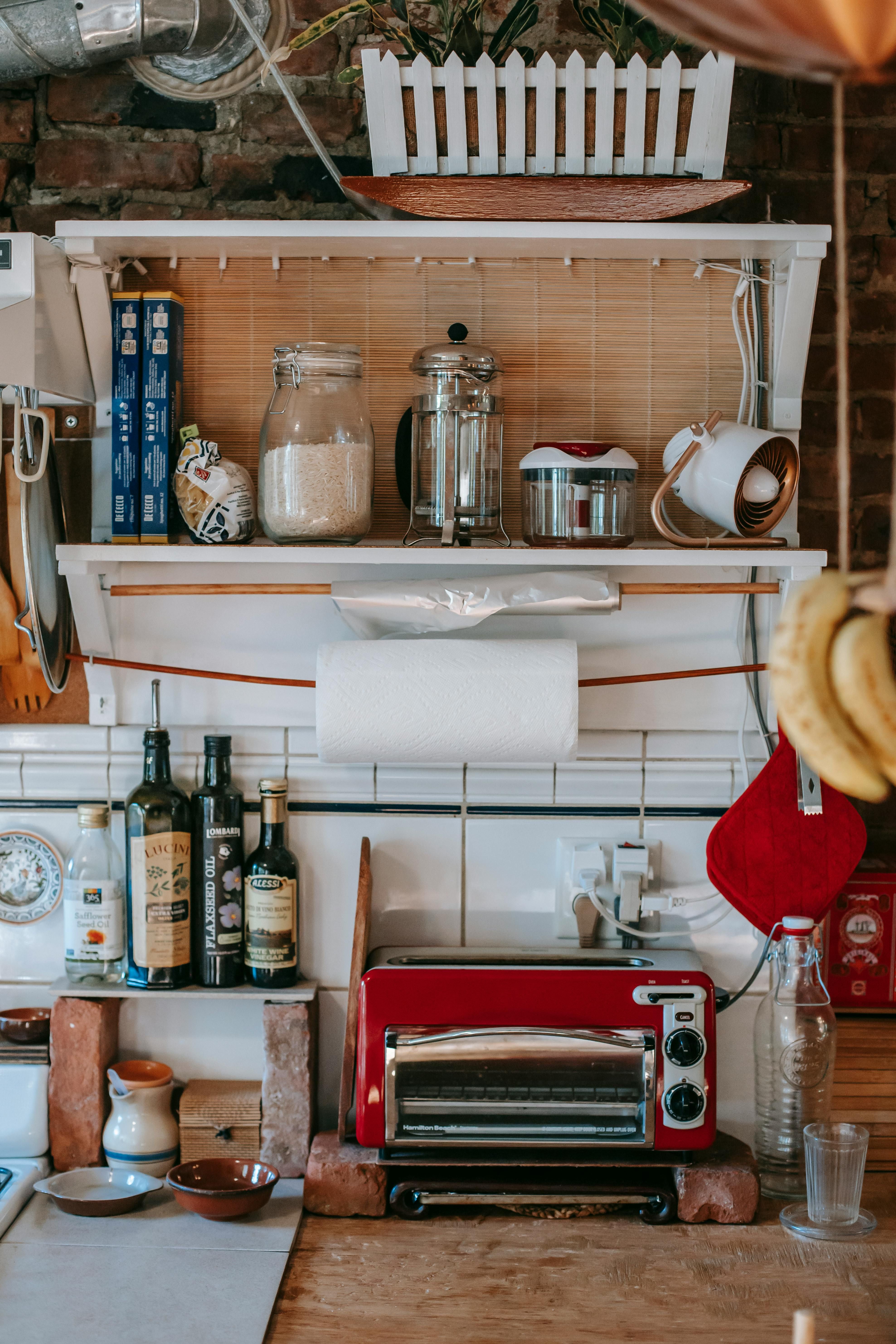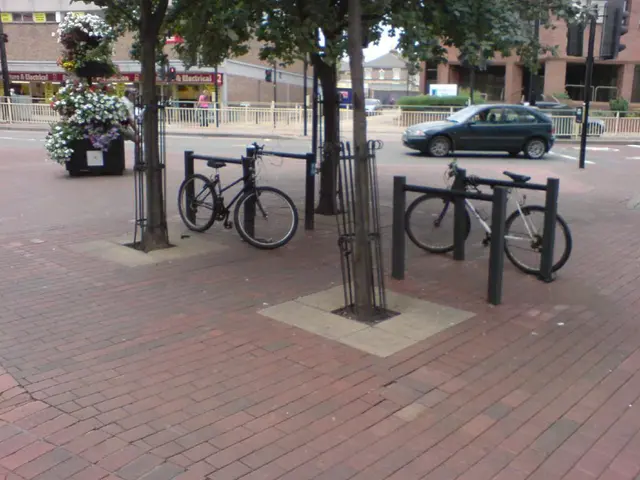House Painting: What Your Neighbors Wish You'd Avoid
Disagreeable Exterior Paints that Anger Surrounding Homeowners revealed
Painting the exterior of your home is a significant decision, and it's one that you'll have to live with (and so will your neighbors) every day. While you should always pick a color that speaks to you, remember that opinions around your choice matter too, especially when it comes to potential buyers. Here are the paint colors your neighbors hope you'll avoid, according to top interior designers.
- Stark WhiteDebbie Mathews LeRoy, founder and principal designer of Debbie Mathews Antiques & Designs in Nashville, Tennessee, warns against going too white. While traditional, a stark white can feel sterile and bland. Instead, opt for a creamier white that blends better with the surroundings and hides dirt more easily.
- Cold GrayWhile gray used to be the go-to neutral, it no longer holds that title. Cheynne Ely, owner and principal designer of Cheyenne Paige Interiors in The Woodlands, Texas, advises against cold grays. These shades can make a home look lifeless and dull, especially when paired with bright white trim. Instead, choose a warmer gray with earthy undertones for added depth and curb appeal.
- PastelsPale mints and light robin's egg blues can be charming, but they're more suited to coastal towns or Victorian homes with the right trim details. In traditional neighborhoods, pastels can come across as less classic and more Easter-themed. Instead, consider soft French blues or dusty blushes for a hint of color that won't make your house look like it's part of a springtime parade.
- Copying Your Neighbor's ColorJamie Gernert, founder of WYC Designs in Winter Park, Florida, cautions against copying a neighbor's color. While it might seem like a great idea to fit in, it can make your neighborhood feel cookie-cutter. Investing in a unique color that represents the style and personality of those living inside the home is crucial.
- Unnatural ShadesMathews LeRoy suggests selecting an exterior paint that complements nature instead of detracting from it. Navy blue, bright yellow, black, and red can feel jarring and dated over time. Opt for muted earthy shades that blend better with your surroundings. For example, if you love yellow, consider a warm ochre or pale honey hue.
- Color BlockingWhile color blocking isn't inherently a bad idea, it can become overwhelming when the front, sides, and back are all different colors. Inconsistency can be distracting and cheapen the feeling of the neighborhood. Instead, stick to a body color and an accent siding/trim color for a more harmonious look.
[1] Enrichment Data: Consider avoiding beige with yellow undertones, sage green with gray undertones, barn red, bold reds, and dark chocolate brown. Instead, opt for warmer olive or deeper forest green, muted browns with gray undertones, earthier beiges with gray undertones, and warmer ochre or pale honey hues.
[2] Interiors and interior design consider both aesthetics and functionality. Designers must carefully consider the client's needs, the space available, and the overall aesthetic they wish to achieve.
[3] House hunting is a process during which potential homebuyers tour various properties to find the right home for them. The appearance, condition, and location of the home are all important factors that can affect a buyer's decision.
[4] Curb appeal refers to the attractiveness of a property when viewed from the street. A home with good curb appeal is likely to generate interest from potential buyers and command a higher sales price.
[5] Landscaping refers to the design and arrangement of plants, trees, and other natural elements around a property. A well-designed landscape can enhance the beauty and value of a home.
- Despite its popularity, stark white might not be the ideal choice for your home's exterior paint, as it can appear sterile and bland, according to Debbie Mathews LeRoy from Southern Living.
- Cold grays are no longer favorable neutrals, warns Cheynne Ely from Cheyenne Paige Interiors, as they can make a home seem lifeless and dull, especially when paired with bright white trim.
- Pastels like pale mints and light robin's egg blues may be charming, but in traditional neighborhoods, they can come across as less classic and more Easter-themed, as advised by Jamie Gernert from WYC Designs.
- To avoid a cookie-cutter look in your neighborhood, it's crucial to invest in a unique color for your home's exterior that represents the style and personality of those living inside, as Jamie Gernert from WYC Designs advises.







